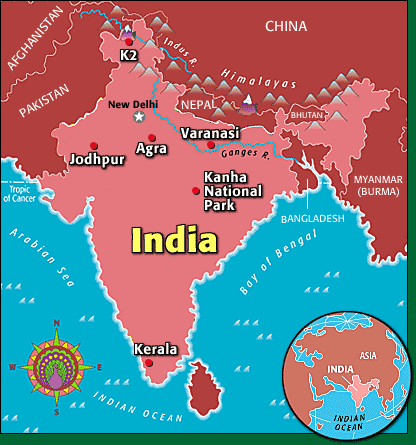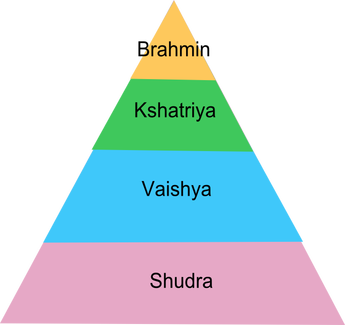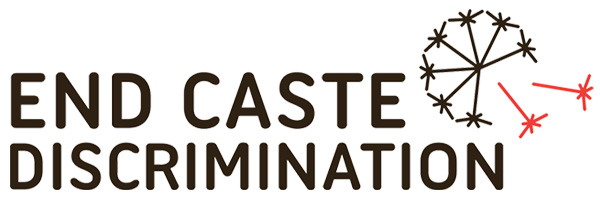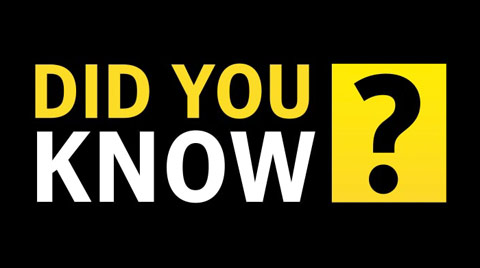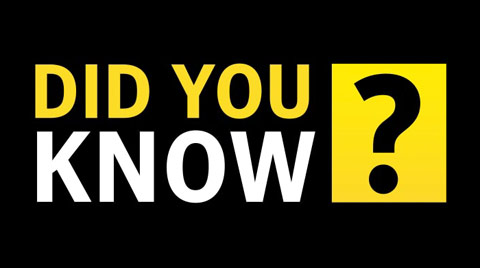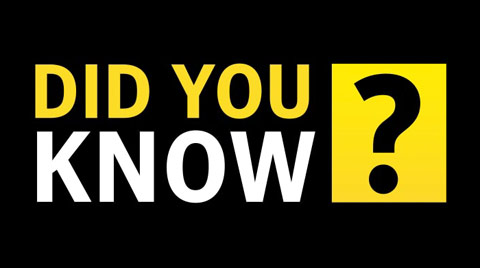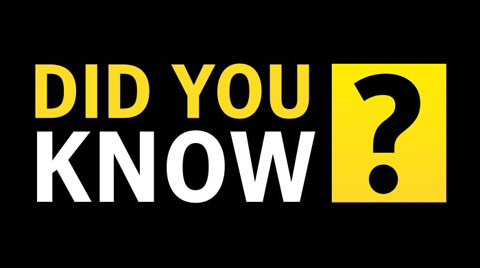Scramblin' thru... Ancient India
The "other" Indians...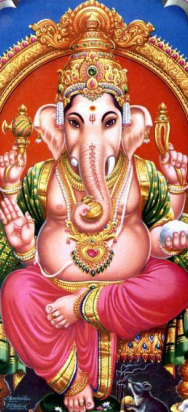
After civilization emerged in Mesopotamia and Egypt, it spread to India. Most of India is a triangular-shaped peninsula that juts into the Indian Ocean. The earliest civilization in India grew along the Indus River Valley around 2500 BC.
In 1500 BC, the Aryans, a tribe from Central Asia, came to India. After conquest in 800 BC, they introduced the caste system, which is still used today. A caste system pre-determines your status, occupation, and potential. You are born into permanent classes for life. You live, marry, and die all within your own caste. There are four castes: Brahmins (priests), Kshatriyas (warriors and rulers), Vaisyas (traders/merchants), and Sudras (peasants/unskilled workers). Outside the caste is a fifth group, the Harijan, or "untouchables". They are legally discriminated against and live a life of poverty. India was also the birthplace of Hinduism and Buddhism. Hinduism began around 1500 BC and is the oldest organized religion still practiced in the world today. Hindus believe in reincarnation, meaning the soul never dies and may be reborn again in a different body, depending upon his/her karma (actions in life). In the 500s BC, a wealthy prince named Siddhartha Gautama became troubled by the suffering he saw. He left his wife and son to become a monk. His followers called him the "Buddha", or "Enlightened One". He taught people to let go of their worldly worries and achieve Nirvana, a state of complete peace. |
India's caste system is different from the class system seen in Europe and the U.S. In the class system, a person can, through hard work, inheritance, or marriage, move up the "social ladder" from the lower class to even the upper class during his/her lifetime. In a class system, you aren't forbidden from marrying outside your socio-economic status.
While the caste system may seem unfair to Americans today, it provided a means for different kinds of people to live together (although without having to ever actually interact) and avoided the widespread slavery prominent in many other ancient cultures. The zero was invented in India. The introduction of a number with no value gave value to other numbers. The "0" made it possible to
calculate numbers faster and more accurately, and it was adopted by the world. So, technically, India invented nothing... Farmers in India learned how to turn the juice from sugarcane into dried sugar crystals that could be easily stored and traded over long distances. Essentially, they invented Tang. Mmmmmmm... Tang!
One of India's greatest leaders was Asoka (ruled 269-232 BC), a violent man who suddenly had a change of heart. To make up for his past, he rejected war and built 84,000 Buddhist stupas
(shrines). Wow... can you say guilty conscience? |

